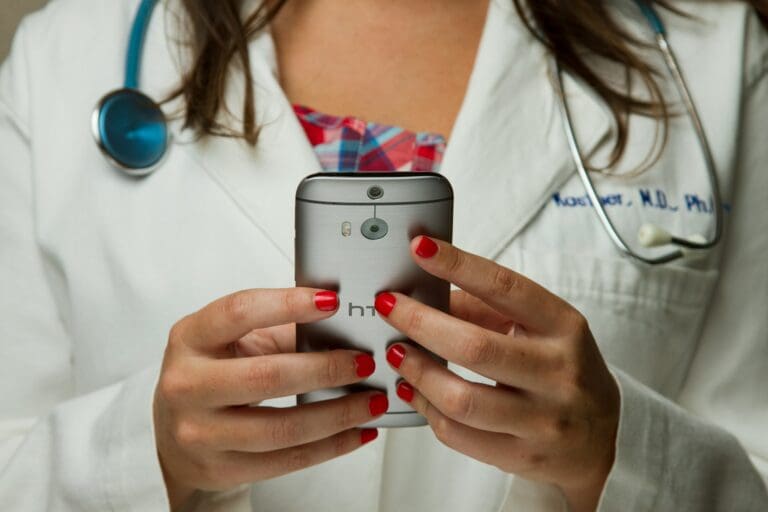Modern technologies are revolutionizing the healthcare industry, from making it easier to find medical information online to creating more precise diagnostic methods. With advances in artificial intelligence (AI), virtual reality (VR) and augmented reality (AR), the possibilities for improving patient care seem endless.
Here is a list of some of the best technologies currently available that are furthering health care:
1. Wearable Devices: The most popular wearable devices are fitness trackers which allow individuals to monitor their vitals at any time. Fitness trackers are small devices that can be worn on the wrist or clipped to clothing and measure various metrics such as steps taken, distance traveled, heart rate and calories burned during workouts. They also allow users to set goals for themselves and monitor their progress over time. Here’s some of the benefits of fitness trackers:
- Improved motivation: One of the main advantages of wearing a fitness tracker is that it provides an extra layer of motivation for those looking to get into shape or improve their overall health. By seeing real-time feedback about your physical activity levels, you may be more likely to stick with your exercise regimen since you’ll know exactly how many steps you’ve taken or how far you’ve run each day.
- Accurate tracking: Another benefit from using a fitness tracker is its ability to accurately measure and record important data points related to your workout routine such as speed, distance covered and total number of calories burned. This allows users to gain valuable insights regarding their personal performance while providing them with realistic goals they should strive towards achieving over time.
- Better sleep patterns: Many modern fitness trackers come equipped with built-in sensors capable of measuring sleep quality by monitoring things like restlessness throughout different sleep phases (light/deep). This information can then be used by individuals who wish to better understand what works best for them.
2. AI Diagnostics & Treatment Planning: In addition to streamlining administrative tasks like scheduling appointments or managing electronic records, AI has also proven useful in diagnosing diseases accurately. AI can interpret complex imaging scans faster than humans ever could have alone – saving precious time when dealing with critical cases where early detection makes all the difference. It’s also being used alongside natural language processing algorithms for improved drug interaction studies and conclusions.
3. Robotic Surgery Systems: Robotic surgery systems are becoming increasingly popular in the medical field due to their many benefits. Robotic surgical technology is a form of minimally invasive surgery that allows surgeons to operate on patients with greater precision and accuracy. This type of robotic system can be used for a variety of procedures, including abdominal, gynecological, thoracic, and urological surgeries.
The tiny incisions made by these robots allow them to work quickly while minimizing tissue damage and reducing patient risk for infection or other complications associated with larger cuts caused by conventional techniques.
Additionally, since the robot’s movements are controlled remotely it eliminates any potential human error from manual manipulation that could lead to injuries from the procedure being performed.
Another advantage of robotics in medical operations is shorter recovery times for patients compared to traditional surgical methods which often require lengthy periods spent at home recovering post-operatively before returning to normal activities again.
This also reduces overall costs associated with hospital stays as well as providing quicker rehabilitation timeframes so individuals can get back on their feet faster after an operation has been completed successfully.
4. Telemedicine: Telemedicine allows patients to receive remote medical consultation from qualified health care providers through video conferencing, telephone or other digital means. Often barriers to receiving timely in person care can result from transportation issues, childcare concern, not to mention difficulties coordinating schedules to match appointment availability and or geographic separation from a trusted provider.
Traveling to and from the site is also a loss of time. Telemedicine can be used for diagnosis and treatment without requiring an in-person visit, allowing patients access to quality health care regardless of their location or availability of their provider of choice. There can be drawbacks, however, even with the best connection and image quality, there are limits to the ability to conduct a good physical exam. Of course, some people will always prefer or benefit from a face to face encounter with a provider. There are many medical issues in which a supporting exam is often necessary for making a final diagnosis
These four new technological advancements are furthering health and treatment options every day for everyone. However, it’s important that we continue to recognize that medicine and healthcare is grounded in the power of human care to help heal. Technology can empower healers, but it will never replace the human touch.

